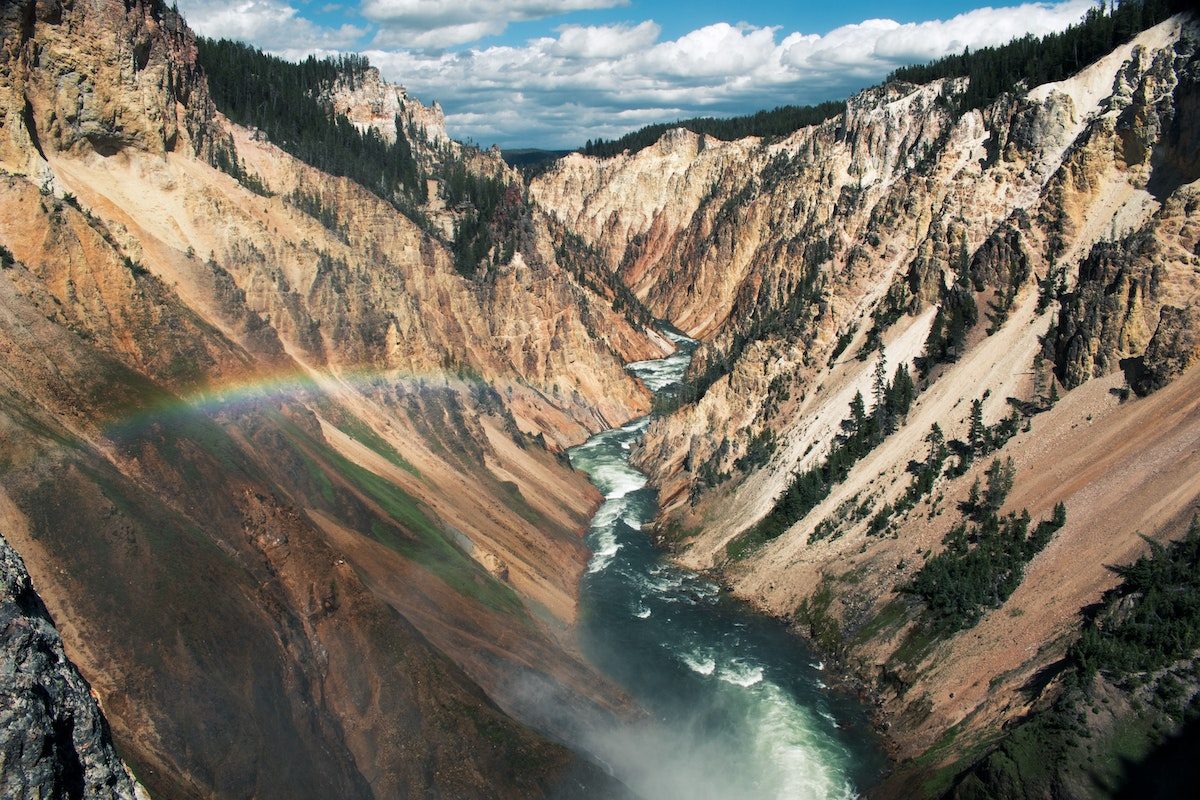Tasheea Nicholson started her outdoor recreation organization, Camping Noire, to contradict the prevailing notion that “black girls don’t hike.” Below, she shares the tips she’s learned from a lifetime on the trails so that anyone can get started with hiking, no matter their comfort level.
Saturday morning hikes were one of the many cornerstones of my childhood. I remember being mesmerized by the rustling of the trees and how massive they seemed. The air always seemed crisper and nothing matched the sounds of the forest. Not to mention, the sense of accomplishment I felt when I realized that my little legs had reached the end of our journey. There’s always been something enchanting about the forest and finding new trails that lead to unknown corners of the woods.
That magic I felt as a child has carried over into adulthood and at times, has rescued me from the stressors of “adulting.” And it’s no wonder, considering hiking is proven to oxygenate your blood, sharpen your mind, increase your creativity, and calm your heart. It’s literally an all-natural, no-calorie cocktail guaranteed to make you feel better.
What prevents most people from taking up hiking as a hobby is the idea that you must have a certain fitness level or body type to get started. But that’s the furthest thing from the truth. The beauty of hiking is that there’s a trail for everyone, the forest welcomes you as you are, and it really doesn’t require any unique skillset—if you can walk, you can hike. Here are some beginner’s tips to ensure your new outdoor hobby is safe, fun, and the first of many happy hiking experiences to come.
1. Choose Your Trail Wisely
A 5-mile hike is a safe roundtrip distance for beginners, but doing so on flat ground versus steep inclines are two very different experiences. Websites like AllTrails.com and HikingProject.com detail the distance, difficulty level, and type of terrain of thousands of hiking trails nationwide. They are also excellent resources for planning your hike and ensuring you avoid selecting a trail that is beyond your experience level.
2. Wear the Best Hiking Attire
When it comes to appropriate hiking attire, there’s good news, and there’s bad news. The good news is that hiking doesn’t require a ‘special’ wardrobe—in fact, you probably have all of the necessary pieces in your closet right now. The bad news is that it doesn’t include jeans (unless you’re cool with chafing). Instead, opt for loose, lightweight, long tights and long-sleeve shirts that will help prevent scratching from broken twigs and protect your body from the elements (my favorite shirts for men and women here).
3. Protect Your Feet While Hiking
Since hiking is all about walking, it makes sense that healthy feet are happy feet. Moisture-wicking socks and well-fitting trail sneakers (men’s hiking shoes here) are a safe option for most beginner hikes but exercise caution breaking in brand new sneakers or wearing old ones, as both are a recipe for blisters.
4. Pack the Hiking Essentials
An excellent way to ensure your safety on the trails is to pack the essentials, which include a map or compass, sunscreen, sunglasses, calorie-dense snacks, a rain poncho, a small first aid kit, and plenty of water. It’s also a good idea to throw in a whistle, flashlight, or fire starter just in case you find yourself in the woods after dark.
5. Remember to Hydrate
Once your body signals thirst, dehydration has already begun, and it can debilitate even the most experienced hikers. To prevent this very real threat, hydrate before hitting the trails and continue to replenish lost fluids by drinking a half-liter of water every hour while hiking.
6. Hiking Safety Types
Surely no one ever plans for anything to go wrong, but it is always good to let someone know where you’re hiking. Something as simple as sending a quick link of the trail website can go a long way in fortifying your safety. And once you’re on the trail, stick to it. Not only will it lessen the chances that you get lost, but it’ll make it easier for someone to locate you in the event you do.
7. Pace Yourself
Hiking is about endurance, not speed, and there’s no magical number of miles required to be considered a successful hiker, so find your rhythm and pick a pace that you can easily maintain for the duration of your trek.
8. Respect the Environment
The Seven Principles of Leave No Trace outline how we can be good stewards of nature. I encourage all outdoor enthusiasts to read and live them to help ensure we are collectively protecting the natural beauty, fresh air, and solace of our natural habitats.




